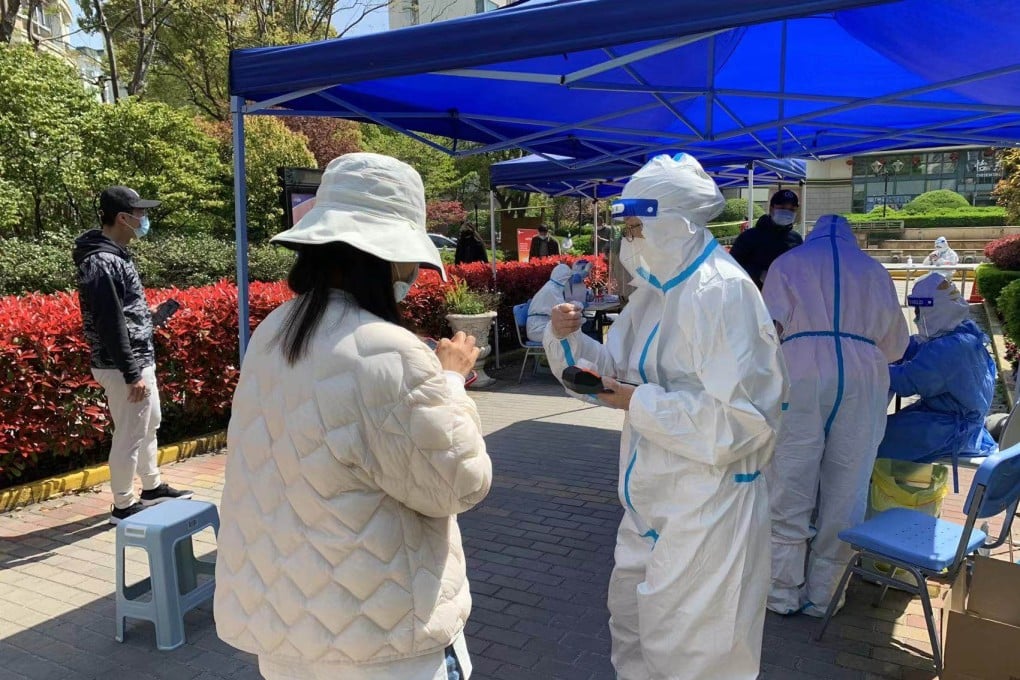Advertisement
Coronavirus: Shanghai adds 17,007 new Covid-19 cases, setting a daily record for the fifth straight day as city undergoes more tests
- Mass testing found more than 94,000 infections in Shanghai since March 1
- The vast majority of Wednesday’s infected cases showed no symptoms of illness, with 16,766 of them being asymptomatic, while 311 showed symptoms
Reading Time:3 minutes
Why you can trust SCMP
79

Shanghai added 17,007 new Covid-19 infections on Wednesday, setting a daily record for the fifth consecutive day since a worsening of the outbreak forced China’s financial and commercial hub to go into a citywide lockdown last week.
Authorities kept the city of 25 million residents locked down for the second week, after mass testing found more than 94,000 infections since March 1. The local government reversed its earlier plan of ending the lockdown on April 5 on Puxi, the area west of the Huangpu River that divides the city into halves.
The vast majority of the infected cases showed no symptoms of illness, with 16,766 asymptomatic, while 311 of the infected showed symptoms, according to the Shanghai public health commission. The single-day infection number also beat the nation’s previous all-time high of 13,436 cases recorded in Wuhan on February 12, 2000, where the coronavirus outbreak originated.
Advertisement
Shanghai’s municipal government started a new round of mass testing on Wednesday morning to spot infections and the transmission chain after studying the results of a three-day mass testing exercise from Sunday to Tuesday, according to a document seen by the Post, that did not disclose the number of infections from the earlier tests.
The testing exercise, which has never been seen elsewhere in the world, was aimed to spot most of the infections and quarantine them in a quick manner to achieve a dynamic zero-Covid goal.
Advertisement
Advertisement
Select Voice
Choose your listening speed
Get through articles 2x faster
1.25x
250 WPM
Slow
Average
Fast
1.25x
